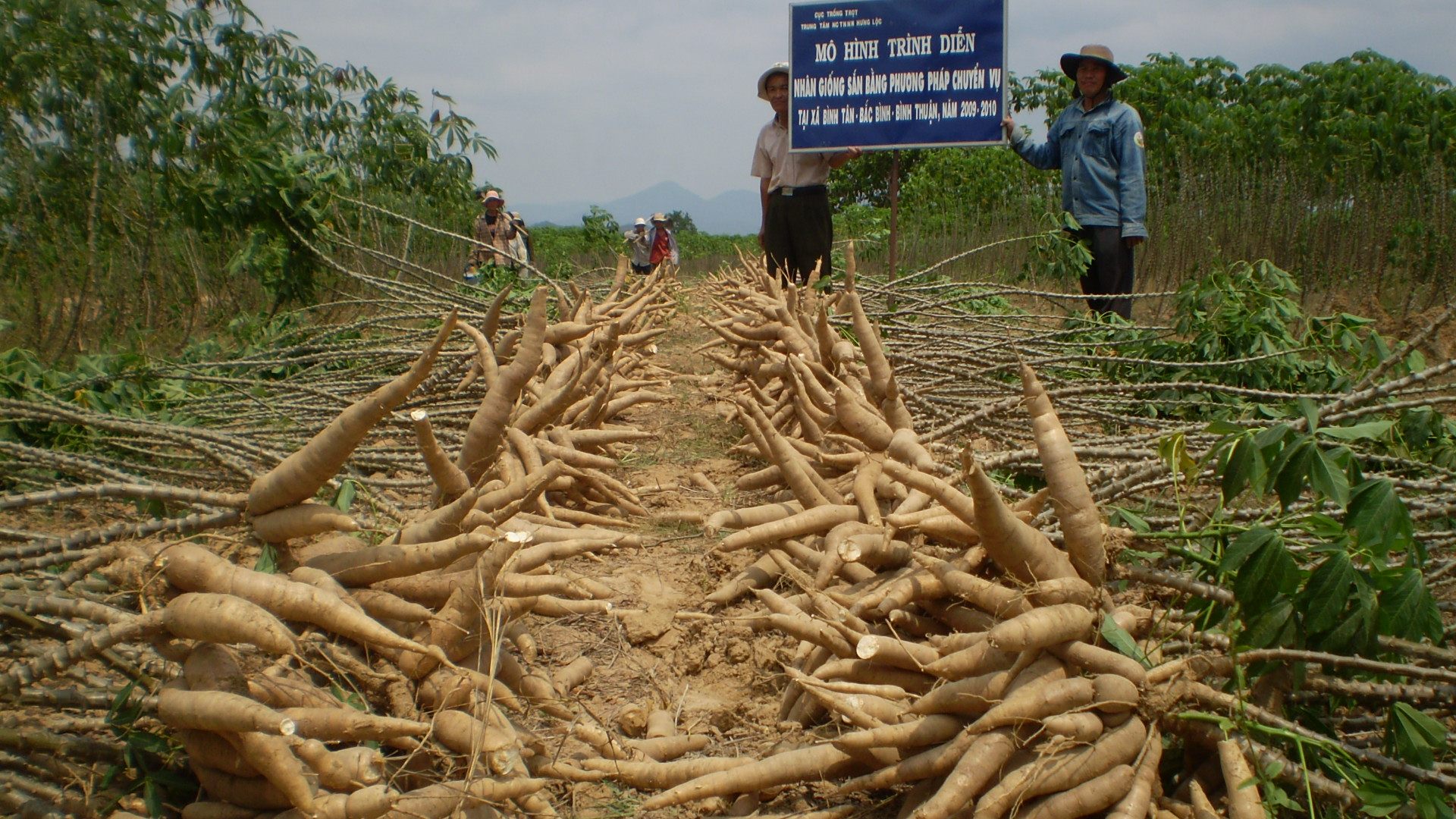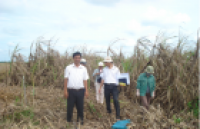| Designing salt stress-resilient crops: Current progress and future challenges |
|
Excess soil salinity affects large regions of land and is a major hindrance to crop production worldwide. Therefore, understanding the molecular mechanisms of plant salt tolerance has scientific importance and practical significance. In recent decades, studies have characterized hundreds of genes associated with plant responses to salt stress in different plant species. These studies have substantially advanced our molecular and genetic understanding of salt tolerance in plants and have introduced an era of molecular design breeding of salt-tolerant crops. |
|
Xiaoyan Liang, Jianfang Li, Yongqing Yang, Caifu Jiang, Yan Guo. J Integr Plant Biol. 2024 Mar ;66(3):303-329. doi: 10.1111/jipb.13599. AbstractExcess soil salinity affects large regions of land and is a major hindrance to crop production worldwide. Therefore, understanding the molecular mechanisms of plant salt tolerance has scientific importance and practical significance. In recent decades, studies have characterized hundreds of genes associated with plant responses to salt stress in different plant species. These studies have substantially advanced our molecular and genetic understanding of salt tolerance in plants and have introduced an era of molecular design breeding of salt-tolerant crops. This review summarizes our current knowledge of plant salt tolerance, emphasizing advances in elucidating the molecular mechanisms of osmotic stress tolerance, salt-ion transport and compartmentalization, oxidative stress tolerance, alkaline stress tolerance, and the trade-off between growth and salt tolerance. We also examine recent advances in understanding natural variation in the salt tolerance of crops and discuss possible strategies and challenges for designing salt stress-resilient crops. We focus on the model plant Arabidopsis (Arabidopsis thaliana) and the four most-studied crops: rice (Oryza sativa), wheat (Triticum aestivum), maize (Zea mays), and soybean (Glycine max).
See https://pubmed.ncbi.nlm.nih.gov/38108117/
Figure 1: Overview of plant responses to salt stress (A) Number of publications each year related to studies of plant responses to salt stress. Green and brown lines indicate the total data set (all plants) and a subset (selected crops), respectively. (B) Graphic illustration of the aspects and mechanisms of plant responses to salt stress. The outermost circle represents key aspects of plant responses to salt stress. The inner circle shows our mechanistic understanding of plant responses to salt stress. The central part shows the physiological effects of salt stress on plants. |
|
|
|
[ Tin tức liên quan ]___________________________________________________
|


 Curently online :
Curently online :
 Total visitors :
Total visitors :
(77).png)


